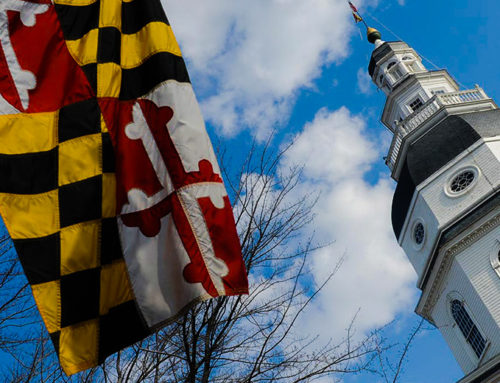View by Topic
Recent Articles
-
New Environmental Laws from the 2024 Maryland Legislative SessionSaturday, April 27th, 2024
-
EPA Designates PFOA and PFOS as Hazardous Substances under Superfund LawSaturday, April 20th, 2024
-
Federal Government Finalizes New Efficiency Standards for LightbulbsSaturday, April 13th, 2024
-
2024 IECC is Final After Addressing Preemption IssuesSaturday, April 6th, 2024
-
Settlement Portends Broad Failure in Attempts to Ban Natural GasSaturday, March 30th, 2024
View by Month/Year
“Green Building Law Update” Headlines
Recent Articles & News from
Stuart Kaplow’s blog
at GreenBuildingLawUpdate.com
- New Environmental Laws in Maryland: 2024 Brings Opportunities for Businesses April 28, 2024
- EPA Takes Action: PFOA and PFOS Now Hazardous Substances Under Superfund Law April 21, 2024
- Shedding Light on the Future: The Evolution of Lightbulbs in the Wake of New Energy Efficiency Standards April 14, 2024
- 2024 International Energy Conservation Code is Final After Addressing Preemption April 7, 2024
Subscribe to the Green Building Law Update!
Stuart Kaplow brings his expertise and extensive experience to the table with his unique digital publication, "Green Building Law Update". Subscribers receive regular updates to keep them informed about important issues surrounding Environmental Law, Green Building & Real Estate Law, as well as the emerging demand for Environmental Social Governance (ESG).
Get fresh content through the lense of Stuart Kaplow's cutting-edge expertise, innovative commentary and insider perspective. Don't miss another issue! Subscribe below.
Baltimore County To Commence Councilmanic Redistricting
“At a legislative session-day of the County Council, within three months after the publication of the decennial census figures of the United States Bureau of the Census … the County Council shall include as an item of legislative business at said session the revision of the councilmanic districts of the County.”
As is required to be done every ten years by the Baltimore County Charter, in early 2001 the County Council will redraw the seven councilmanic districts.
Redistricting of the County Council is entirely within the purview of the current Council members and is not subject to veto by the County Executive.
To appreciate the political thicket that redistricting may be, it is instructive to look to our past. The modern political history of Baltimore County dates to 1826 when the County became the first Maryland subdivision to substitute a three-member Board of County Commissioners for the then governing Levy Court. The County Commissioner form of government remained until 1957. Actually, County voters approved a charter board in 1954 and it was that five-member board that created and gave way to an elected County Council and County Executive. Significantly, the seven County Council members were elected countywide and it was only after a referendum in 1972 that Council members were elected by district.
It is that form of government that continues today, with an elected County Executive and seven elected Council members, each representing their own district. It is often observed that this 610 square mile County, without incorporated areas, cities or towns, places a great deal of power in the hands of a few elected officials. No county in the United States as large and as populous as Baltimore County cedes as much authority to so few government leaders.
The County’s first and only redistricting in 1981 was a fairly acrimonious matter but it can be anticipated that the current Democrat controlled Council will easily agree upon a redistricting plan. The districts must meet the “one person, one vote” standard embodied in the Equal Protection Clause of the Fourteenth Amendment. And the plan is also subject to other Equal Protection restrictions including the prohibition of racial gerrymandering and intentional discrimination on the basis of race in the drawing of district lines. With the County’s history of challenging legislation by voter referendum, it is worthy of note that a redistricting plan is subject not only to court challenge, but also to referendum.
Congressional and Maryland legislative redistricting will, at the earliest, be accomplished in 2002, a full year after Baltimore County has redrawn its councilmanic boundaries.









